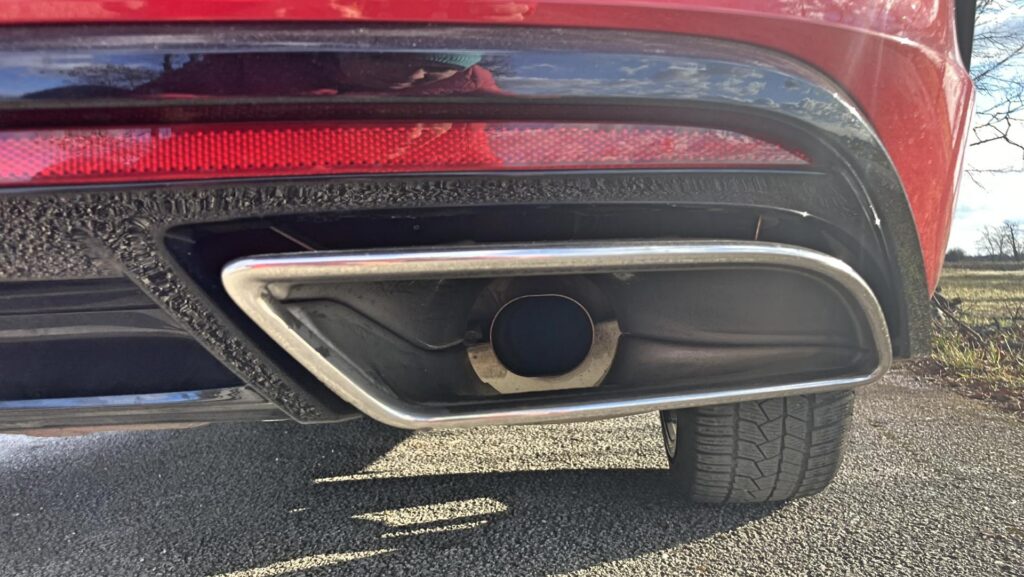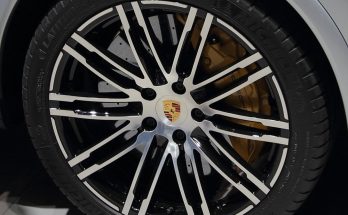The time associated with the necessary exchange of summer tires for winter ones is approaching inexorably. If you agree, and at the same time you are in a situation where you are choosing winter tires, take a look with us to see how to do it right. The procedure is not as complicated as it may seem to some people. Just follow a few principles.
Producer
Today, the market is dominated by a few manufacturers who produce winter tires and, of course, also sell the most. We recommend focusing on those. And for what reason? It is naturally opposed that they are universally associated with a certain quality, just as they undertake to meet clearly defined standards. In contrast, we do not strongly recommend buying winter tires from China. It is true that they stand out for their price, but that is about all that is interesting about them. And that's because they often don't even have the necessary certifications, they may not have the necessary approvals, and some of them are literally dangerous. This is the main reason why it is good to simply avoid this direction.
Test results
One of the very good indicators that you have chosen winter tires really correctly. Today, the tests should be connected with one of the domestic or European car clubs. And that's because that's the only way you can be sure that their overall independence will be preserved and that the results will really correspond to what the given tire really is and what specific characteristics it has. Subsequently, a ranking is compiled of which winter tires are the best, which are average and which have completely failed.
It is ideal to focus on tests that are current for the current season and which we can also say are connected with the testing of a whole range of individual parameters. This can include, for example, traction on snow or ice, track retention, length of braking distance, as well as behavior on water. But it is also measured how quickly the tire wears out or what quality its tread has. In short, there are more than enough factors.
Labels on tires
According to European Union regulations, so-called energy labels must also be placed on tires. Of course, something completely different is measured here than with household appliances, but at the same time it is true that the given label can also help quite well in choosing the tires we need. It is mainly related to normal operation and what we can expect from the tire. The first piece of information concerns the tire's consumption. The ideal situation is when the winter tire does not increase consumption in any way. If this is the case, the label should tell you exactly how much it is in a fairly simple way. This is indicated not only by a specific color, but also by a letter. The closer to the beginning of the alphabet, the better.
The second piece of information that the label on the tire will show us is definitely the noise level of the tire while driving. In addition to the graphic indication using the speaker icon, we must not forget that the label also shows how loud the noise level is. Here it is clear that the lower the noise level, the better, as it will significantly improve the comfort of our ride itself. The third information that we can read from the label is that there is information given in connection with how the tire behaves in the wet. That is, how well it can drain water while driving. This indicator already has an effect on our security itself, so there is certainly no need to remind that the better the given value, the better for us, of course.
Tire size
Yes, there are also dimensions that we must not forget. If we look at the specific type of selected model, we can find out several important information according to the marking. If there is something that interests us most, it is definitely the width of the tire, and then it is the profile of the tire. These are two numbers that can look like this: 175/65. The first information is given exactly in millimeters, while the second size is given in percentages. This is the ratio of the tire's height to its width. Furthermore, we also come across a marking, most often in the form of the letter R, which simply means that the tire is radial.
Furthermore, the size of the inner diameter is decisive, i.e. the number after the letter R. It simply indicates the inner diameter of the tire, which should also correspond to the same value for steel or cast wheels. This is the only way we can put winter tires on them without any problem. Furthermore, we can only meet the speed index and the weight index, which are rather accompanying information. A code designation is used, with speed indicated by a number, while weight by a specific number. This information is often less important from the buyer's point of view.
Tire price
She also plays a role in the selection. The cheapest on the market are the Chinese ones, which we do not recommend buying for the above reasons. If we take a closer look at the prices, we can say that the cheapest winter tires start at around 1,000 kroner. After that, they can rise to several thousand crowns. although the price is proportional to the overall quality, it is certainly not the case that the most expensive are also the best. It is usually true that specific tests will tell us more about the quality, although the fact remains that there are models in the higher ranks that are not the cheapest on the market. But at the same time, they are not the most expensive either.
Tire age
This is also good to know, as it is necessary to buy such winter tires, which were manufactured best recently. For what reason? Mainly because it simply does not benefit the tires if they lie in storage for several years. This significantly changes their qualitative characteristics, which subsequently has a negative effect on their quality. The ideal choice is if the purchased tires are not older than just a few months. Then you can't go wrong with them.


